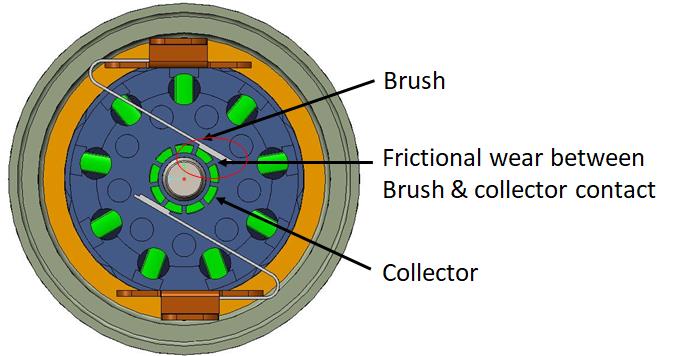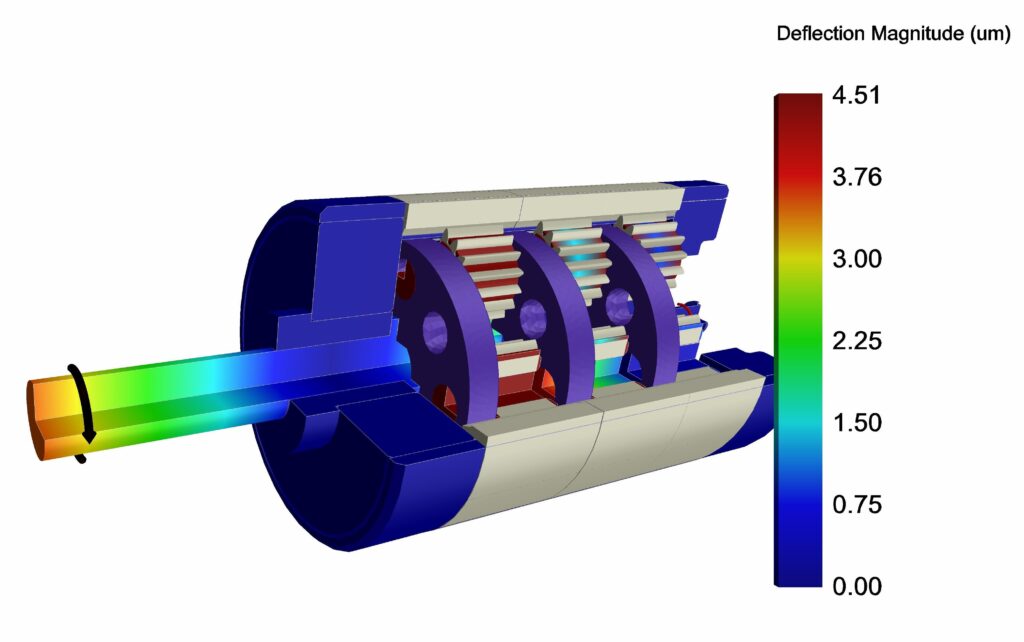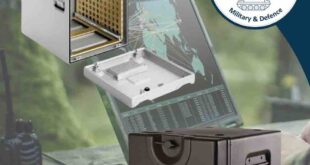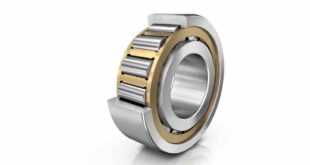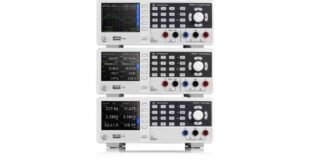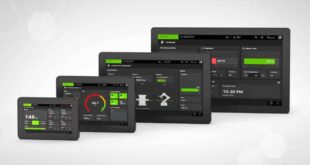Understanding the impact of friction and wear on a mini motor, as well as the factors that cause them, is a key specification requirement. Technically known as the study of tribology, the effects are always specific to the individual application, and combatting them is critical for durability and long lifetime running. Specifying a mini motor to an application’s tribological requirements will optimise performance long-term and minimise replacement and maintenance costs for the end-user
As miniaturised electrical motor designs include components that physically interact during motion, including brushes and bearings, the impact of friction and wear are key considerations for their specification. Components subject to these types of mechanical stresses typically fail first, meaning that the motor’s lifespan and long-term performance are dependent on these tribological design factors. As the level of friction and wear differs for every application, it’s crucial to understand the specific tribology requirements in order to specify the most effective and economical mini motor design.
Electrical brushes
High-speed mini motors involve brushed or brushless technology. DC brush motor designs use armatures that rotate against static brushes to make the electrical connections. The brushes are always used under electrical and mechanical stress, and as a result, they wear over time.
Brush wear is proportional to the applied spring force and sliding speed. Wear is caused by starting current, continuous current and voltage drop across commutation – the process of conversion of electrical current. High running speeds, typical to many mini motor applications, will also increase the rate of wear. At high speed, the sliding electrical contact can cause mechanical losses, unstable electrical contact, as well as arcing, leading to surface wear. Environmental factors, including temperature and humidity, will also have an effect.
To combat these factors, the construction material and collector coating are key considerations. For example, in high torque applications, carbon brushes provide increased resistance for longer-lasting performance and lifetime. Lubrication types and practices are also important, and to reduce friction, special electrical greases should be used, particularly for high-speed applications.
While brushes wear over time, producing dust and requiring periodic maintenance and replacement, they can be a more cost-effective motor choice. Brush DC motors have a high torque to inertia ratio and, as they require few external components, this reduces potential points of wear and failure. Thus, they can be ideal for use in rugged conditions.
Brushless DC motors
Alternatively, brushless DC (BLDC) motor designs remove the challenge of wear. Instead of a brush and mechanical commutator, the motor’s permanent magnet is mounted on the rotor, and motion is generated by the stator’s energising coils. Meanwhile, commutation is performed by an external controller and position sensor.
The brushless design means a longer-life motor, with no maintenance requirements, providing high reliability. A BLDC motor can achieve very high speed and, as a result of its commutation sensors, enables precise control and speed regulation. Superior control however requires additional components and complexity, typically making a BLDC motor more expensive than its brush DC counterpart.
Bearings
While BLDC motors are advantageous with regard to physical wear, like brushed DC motors their design still depends on bearings. As a motor’s bearing assembly reduces friction between the rotating shaft and the stationary flange, the bearings themselves absorb wear. As a result, they deteriorate over time. Bearing selection to optimise motor performance and lifetime requires detailed understanding of load pattern and system-level deflection. Clearances between the rolling element and possible misalignments caused by loads and fluctuating temperature also must be taken into account.
Optimal lubrication selection and practices maintains performance and enhances lifetime, from oil to grease with different levels of time-dependent thinning used in bearing configurations. Ultimately, hydrodynamic lubricant film selection depends on the balance of factors including material compatibility, dew point, viscosity parameters, environment, and service temperature.
As a result of these factors, bearing design and material selections will ensure lifetime and performance. For example, sintered bush bearings deliver lubrication through capillary action between rotating components. They require less maintenance and are relatively low-cost for a variety of applications. However, they are less resistant to high speeds and loads, so more robust designs would be preferable.
Design consultancy
Mini motor tribological factors are vital considerations for the performance and lifetime of applications driven by mini motors. Design, materials and lubrication will minimise the effects of friction and wear, and a thorough understanding of the physics involved is important to optimise mini motor specification.
Motor design and selection will not only enable the most effective result, but will also minimise long-term costs in replacement and maintenance. Portescap’s design engineers can provide their expertise to create the optimal match of performance and best cost.
 Engineer News Network The ultimate online news and information resource for today’s engineer
Engineer News Network The ultimate online news and information resource for today’s engineer
